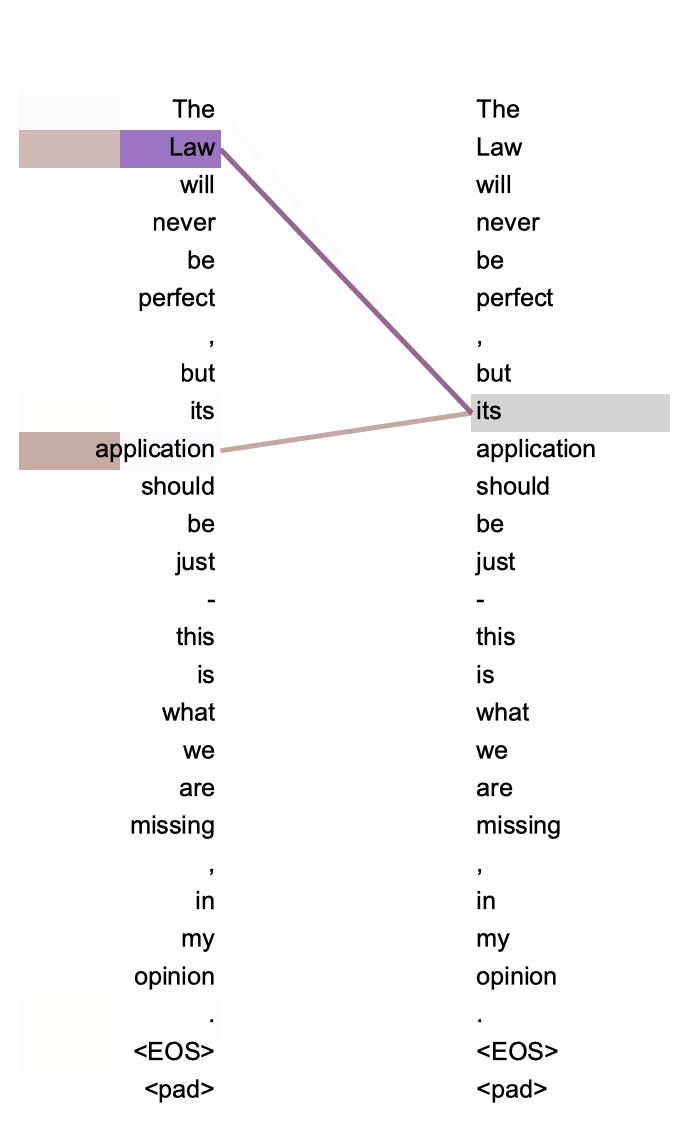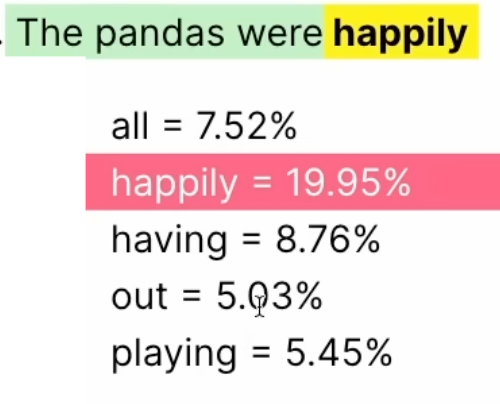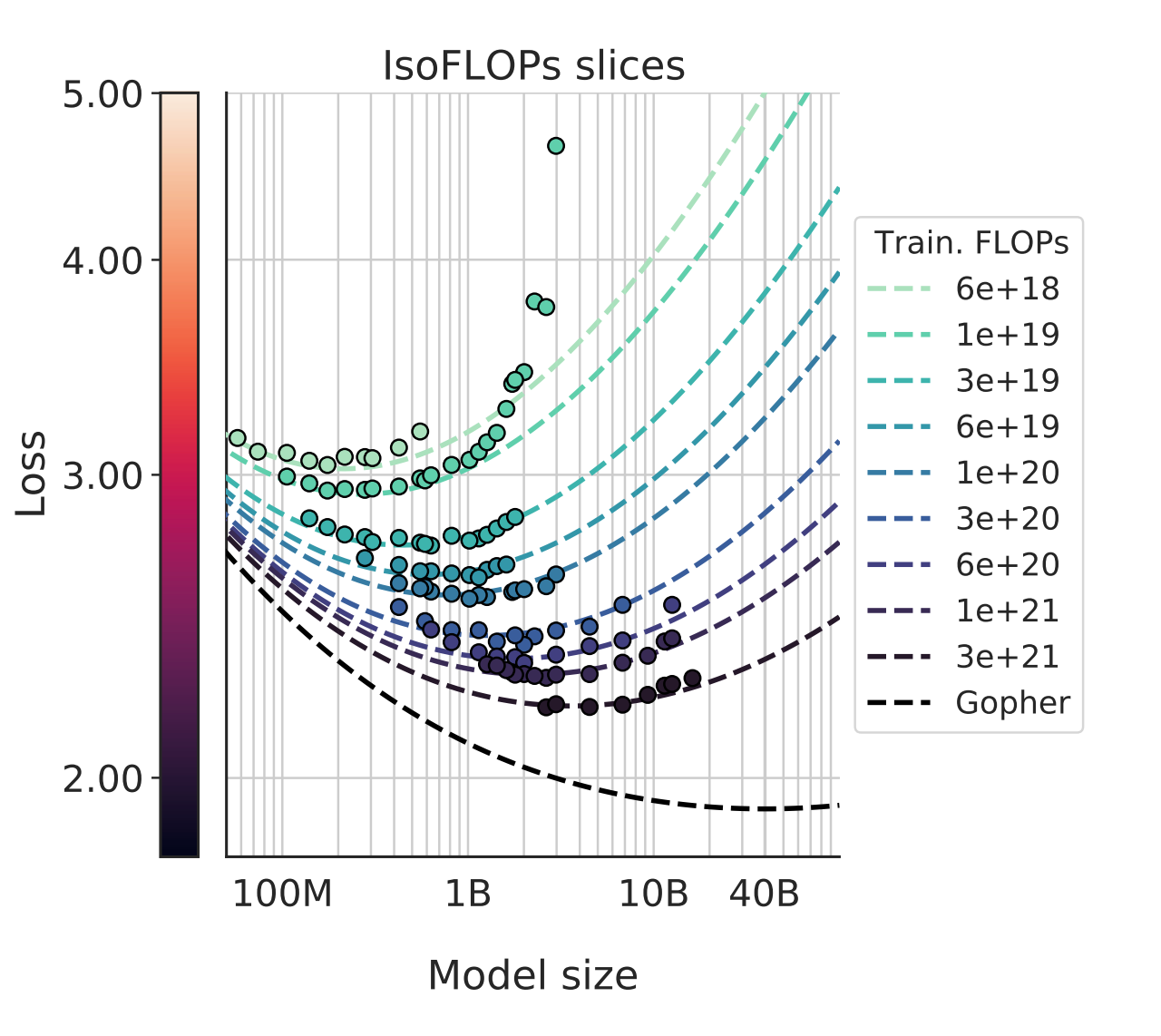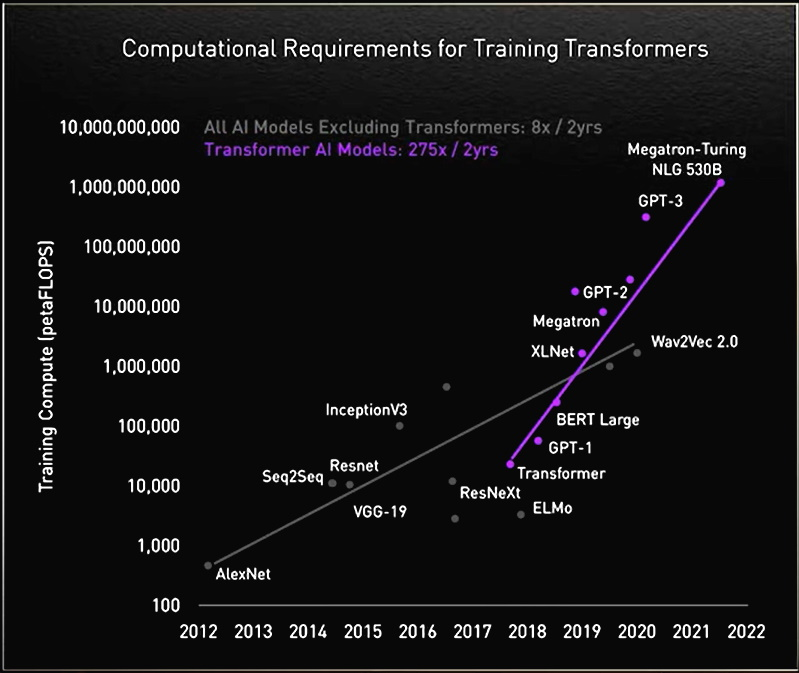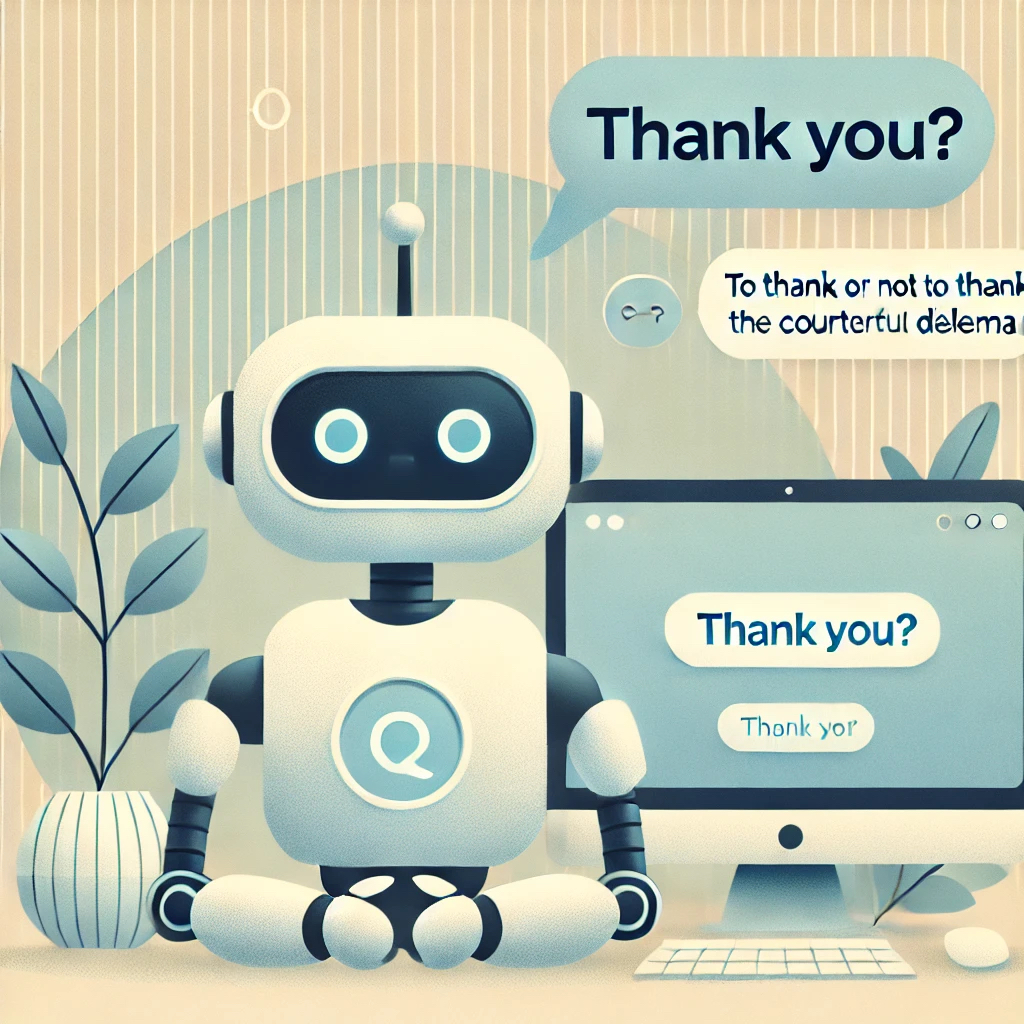How do cutting-edge language models like ChatGPT operate? How should we approach and conceptualize such AI tools? How can this understanding guide our practical applications of these technologies? In this blog series we hope to answer these questions and more.
Artificial Intelligence has become a bit of a buzzword, often used to refer to a broad set of technologies. In this blog post, we'd like to drill a little deeper into today's most popular type of AI - Large Language Models (LLMs) - which power ChatGPT and most of the new AI tools you've encountered. Understanding how LLMs work and the best practices for using them will help you wield them most effectively.
Our goals for this series are threefold:
- Demystify LLMs – In this first post, we'll provide insight into the underlying technologies and illuminate the revolutionary architecture that has been the driving force behind the recent breakneck pace of AI advancements. We'll peel back the layers and show you what's really going on under the hood.
- Share a Mental Framework – In the next post, An Effective Mental Framework for LLMs, we'll offer a helpful framework for thinking about these AI technologies. This will help you conceptualize their strengths and weaknesses, which will guide you towards applying them most effectively.
- Explain Best Practices – In the final post, Best Practices for LLM Powered Solutions, we'll apply these insights and cover some of the advanced features and best practices for using and building with AI. This will help you understand how to maximize the potential of these powerful tools while avoiding common pitfalls. We'll turn theory into practice, providing actionable strategies for building solutions powered by LLMs.
By the end of this journey, you'll have a clearer picture of what makes LLMs tick, how to think about them strategically, and how to leverage them effectively in your work or projects. Whether you're a developer looking to integrate AI into your applications, a business leader considering AI adoption, or simply a curious mind eager to understand this transformative technology, this guide will equip you with the knowledge to navigate the exciting - and sometimes perplexing - world of Large Language Models.



